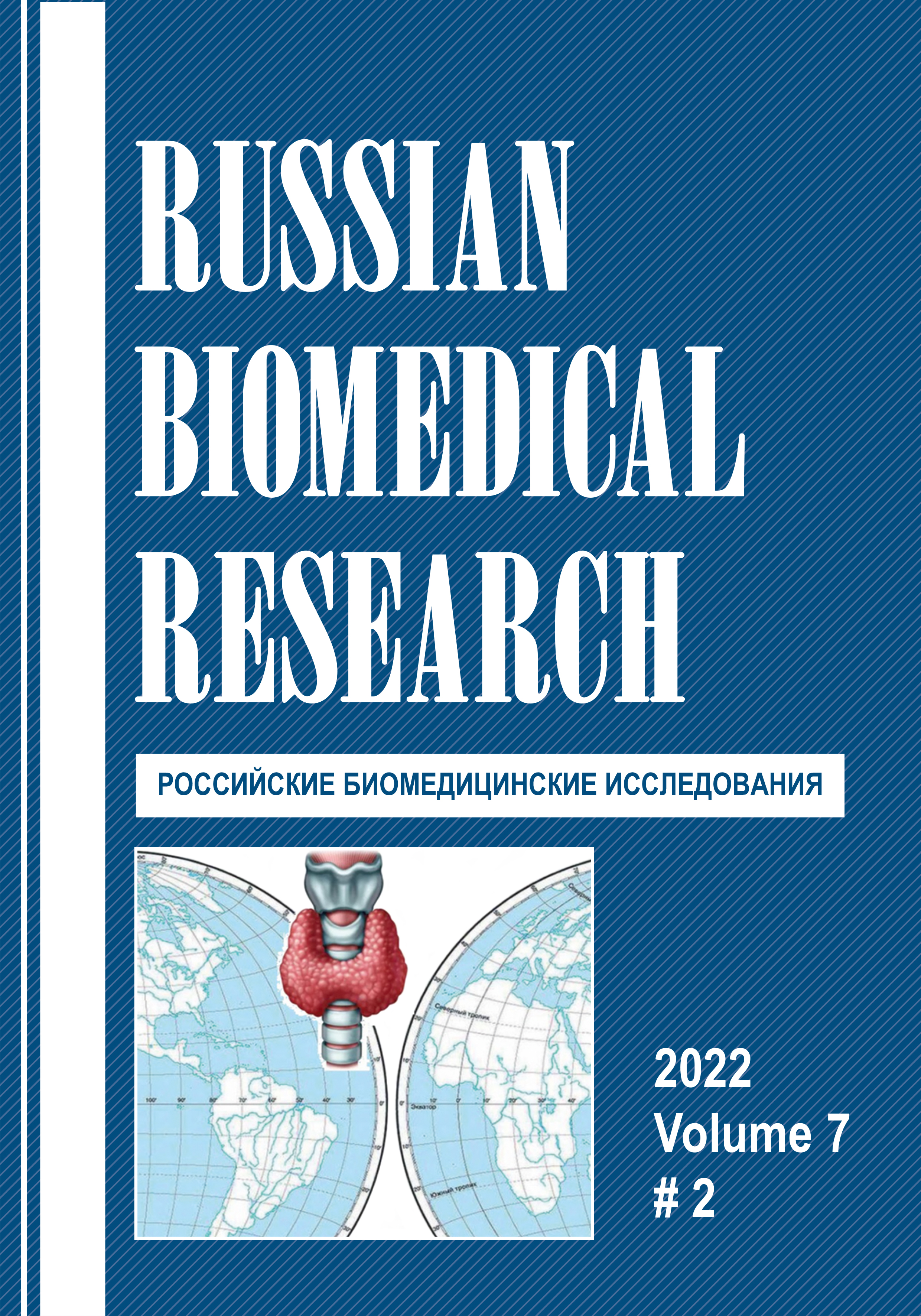PROTEINS OF MINERALIZED DENTAL TISSUES
Abstract
The hardness of dental tissues is a result of the extracellular matrix biomineralization; the amorphous extracellular substance becomes microstructured and gradually saturated with calcium and phosphorous compounds to the extent that allows withstanding high mechanical loads. This process involves hydroxyapatite (HAP), which forms bulky crystalline structures in the matrix, and numerous proteins produced by specialized cells. Proteins of the extracellular matrix play a pivotal role, both formative and regulatory. Modern stomatology is confidently passing on to the molecular genetic level. This review addresses the major matrix proteins of mineralized dental tissues - enamel, dentin and cementum proteins. They are unique agents that set the mineralization pattern and specific function of these tissues within a tooth. Much attention is paid to the role of genetic disorders in dental pathology. The review includes data on impaired dental development in laboratory animals with artificially disrupted genetic regulation of mineralized dental tissue proteins. The review will promote deeper insight into the core of the processes proceeding in the dental matrix during its mineralization and the role of tooth -specific proteins in these processes in health and disease. Among dentin matrix proteases, special attention has been paid to matrix metalloproteases, that compose a group of calcium -dependent zinc -containing endopeptidases involved mainly in the development and remodeling of the extracellular matrix due to their ability to break down organic molecules.



